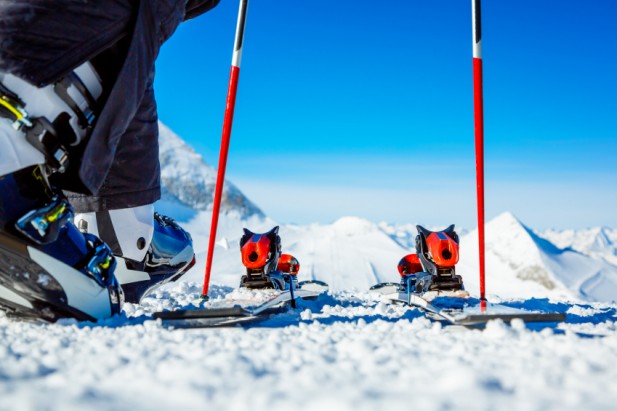How Do I Know If My Ski Bindings Are Safe?

Helmets aside, properly maintained and installed ski bindings are the most important piece of ski equipment from a safety perspective. The binding after all is what keeps our skis on as we speed down snow and ice covered hills.
Ski binding manufacturers owe a duty of care to ensure their equipment is safe for its users. They owe a duty to ensure that the many moving parts of their product functions in accordance with its user’s height, weight, age, and ability. This information is as important to a technician as knowing how and where to install a binding on a ski. This information is different depending on the make and model purchased. Manufacturers of bindings are therefore responsible for ensuring a technician has all the information necessary to properly install their binding. Manufacturers also maintain a level of responsibility for advising when their product has reached an age where it is no longer safe for use.
The ski technician is responsible for ensuring the ski binding is safe when it actually goes out on the hill. The ski technician has a duty to ensure it is recommending the proper equipment, following manufacturer recommendations, and checking for defects. This duty applies whether the end user is skiing on equipment that is new, used, borrowed or rented.
Ski bindings should release only at appropriate times. Taking your ski equipment for service at an authorized ski shop is the best way to make sure your equipment is safe before hitting the slopes. Oatley Vigmond is Ontario’s Personal Injury Law Firm. If you or someone you know has been hurt because a ski binding has released unexpectedly we may be able to help.
